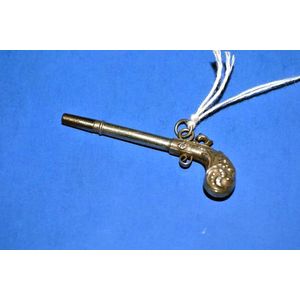Early Edo Ko Tamba Tsubo with Keishiki Scenery
A Japanese Ko Tamba Tsubo, Edo period (1603-1868), early 17th century, potted in elegant ovoid form, with a Keishiki scenery (splash of ash glaze) to one side, and a good selection of other desirable scenic features appreciated in wabi tea aesthetic throughout the jar., 23 cm high, 21 cm diameter. Provenance: together with an old handwritten, signed and sealed letter from Katsura Matasaburo (1901-1986), authenticating the tsubo as Ko Tamba, from the very early Edo period. Katsura was acknowledged as a leading expert in Ko Bizen particularly, but also wrote on and had deep expertise on all of the six old kilns of Japan including Tamba.
You must be a subscriber, and be logged in to view price and dealer details.
Subscribe Now to view actual auction price for this item
When you subscribe, you have the option of setting the currency in which to display prices to $Au, $US, $NZ or Stg.
This item has been sold, and the description, image and price are for reference purposes only.
- Oviform /ovoid - The outline loosely resembling the shape of an egg.
- Edo Period, Japan - The Edo period in Japan lasted from 1603 to 1868. During this time, Japan was ruled by the Tokugawa shogunate, a military government led by the Tokugawa family. The Edo period is characterized by a period of relative peace, stability, and economic growth, as well as by the development of a distinctive culture and society.
During the Edo period, the capital of Japan was moved from Kyoto to Edo (modern-day Tokyo), and the country became increasingly isolated from the rest of the world. The shogunate implemented strict policies to maintain control, including the restriction of foreign trade and travel. However, despite this isolation, the Edo period saw significant cultural and artistic development, including the emergence of the ukiyo-e woodblock print tradition, the growth of Kabuki theater, and the flourishing of a vibrant merchant culture.
The Edo period ended with the Meiji Restoration of 1868, which saw the collapse of the shogunate and the restoration of imperial rule.
This item has been included into following indexes:
- Japanese ceramics, factories and cities - Bizen wares 27
- Satsuma (Japan), item type
Visually similar items

A contemporary brass cherub figured table lamp. 41 cm high.
Sold by
in
for
You can display prices in $Au, $US, $NZ or Stg.

A 19th century Italian carved giltwood framed wall mirror shaped rectangular, with a break arch pediment, relief carved foliate decoration and patera, 138 x 88.5 cm
Sold by
in
for
You can display prices in $Au, $US, $NZ or Stg.

19th century silver Fob watch key in the form of a pistol
Sold by
in
for
You can display prices in $Au, $US, $NZ or Stg.

Sold by
in
for
You can display prices in $Au, $US, $NZ or Stg.
